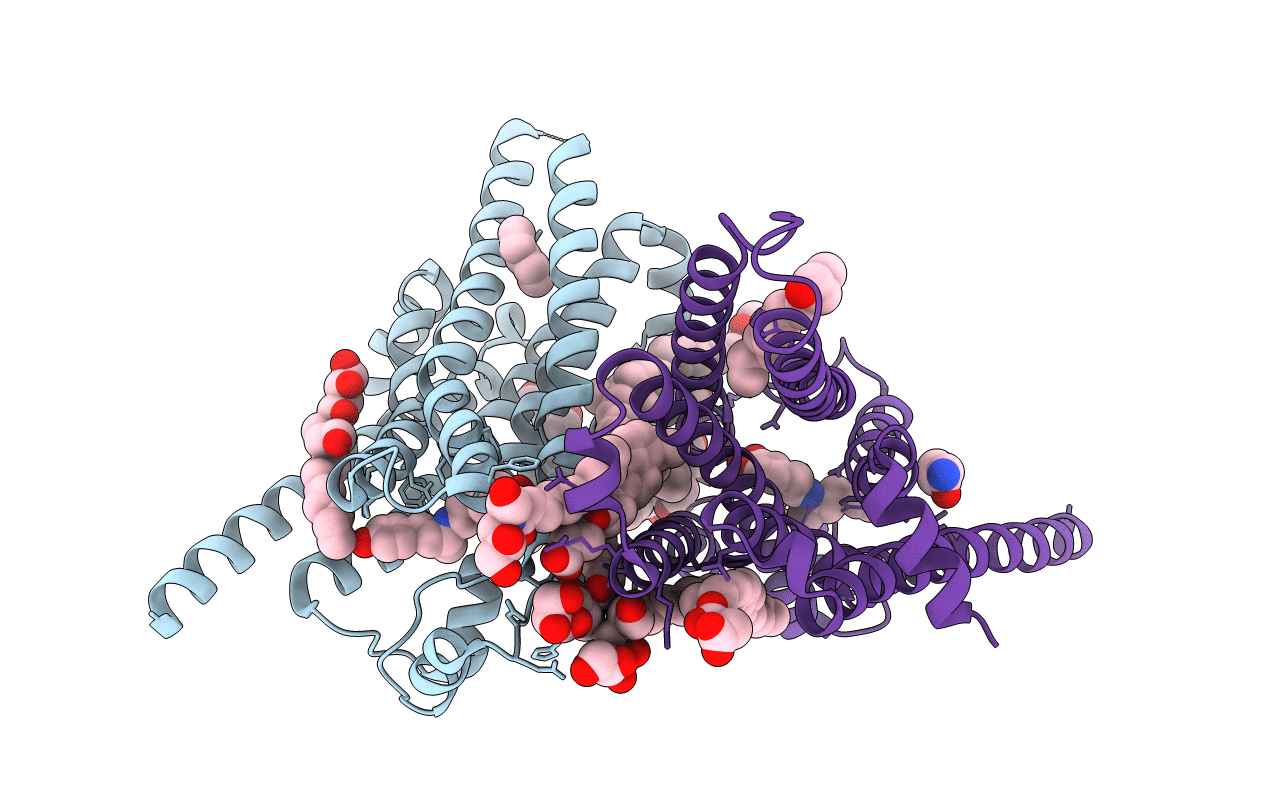
Deposition Date
2010-11-30
Release Date
2011-03-30
Last Version Date
2024-11-06
Entry Detail
PDB ID:
2Y01
Keywords:
Title:
TURKEY BETA1 ADRENERGIC RECEPTOR WITH STABILISING MUTATIONS AND BOUND PARTIAL AGONIST DOBUTAMINE (CRYSTAL DOB102)
Biological Source:
Source Organism:
MELEAGRIS GALLOPAVO (Taxon ID: 9103)
Host Organism:
Method Details:
Experimental Method:
Resolution:
2.60 Å
R-Value Free:
0.26
R-Value Work:
0.22
R-Value Observed:
0.22
Space Group:
P 1 21 1


